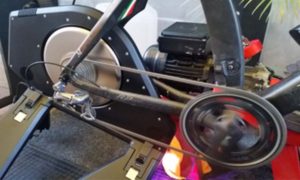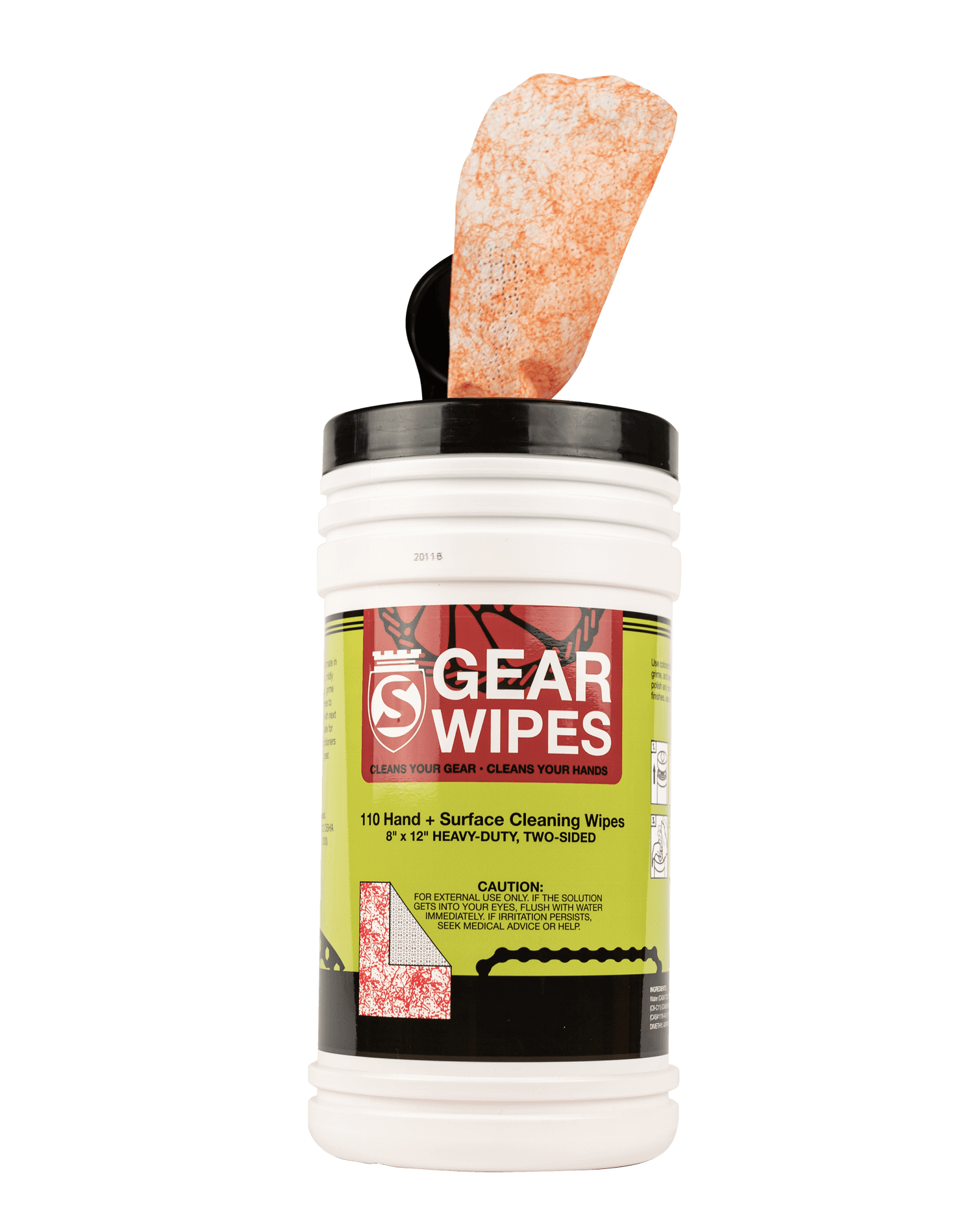I've ridden my Haibike long enough, worn out enough chain rings and stretched enough chains to learn some things along the way.......
1. No matter how dedicated you are or are not in keeping your chain lubed, it means nothing when it comes to the physical stretching of a chain. And once the chain is stretched, it begins a cycle of wearing out the front chain ring, especially if it is aluminum (which is most modern bikes). And I was dedicated. Before each ride, I'd break out my lube of choice and lube each chain link, starting with the master link. After that was done, I'd wipe the chain with a harbor freight shop rag to catch any extra drops and be on my way. Result? Shifts were much, much smoother than say, starting out with an un-lubed chain. Anal? Yes. No doubt of that! But at the end of the day, if my chain was newish or stretched out to worthless, the chain was always clean and looked new.
2. I began using my old standby from the late seventies/early eighties: TriFlow with Teflon. Good enough, but it picked up all kinds of grit and dust and kept it there, so I began reading up on the next great thing.....
3. Boeshield T9: I immediately saw how it kept the chain clean of dirt and dust. And if it's good for the aircraft industry, it's certainly good for our bicycles
4. DuPont Chain Saver, Aerosol: I've used the liquid and the aerosol and can't recommend the liquid cause it's so thin, there is alot of waste. More control in the aerosol. I actually like it better than Boeshield but reality says it's probably as comparable to the T9
5. Finish Line Liquid with Teflon: Basically just like the liquid version of DuPont ChainSaver. The label says it's even made under license to DuPont. For controlling this ultra think liquid, I use a needle oiler. Drop for each link.
But again, I believe using personal experience, that no matter what lube I used, chain stretch on a mid drive is one of those things that happens. And no matter what oil or wax you use is irrelevant. This is a pick of my Full Speed Ahead front chain ring after about 5 thousand miles of use and doing my fastidious chain lube method prior to each ride. That thing could be registered as a lethal weapon!

That pic was taken in June of 2020. That new ring? That's been long replaced due to similar wear.
I've since scrapped the aluminum FSA front chain ring for an all-steel Shimano Alivo 44 tooth front chain ring. Although the inner front chain ring is the OEM unit, 99% of my riding time is spent in the big front ring. So now, front ring, rear cassette and chain are all steel and will wear equally.
LT Colombo moment: One more thing: don't forget to inspect your derailleur jockey pulleys for wear, too. Keep 'em clean too, for good, clean shifts.


